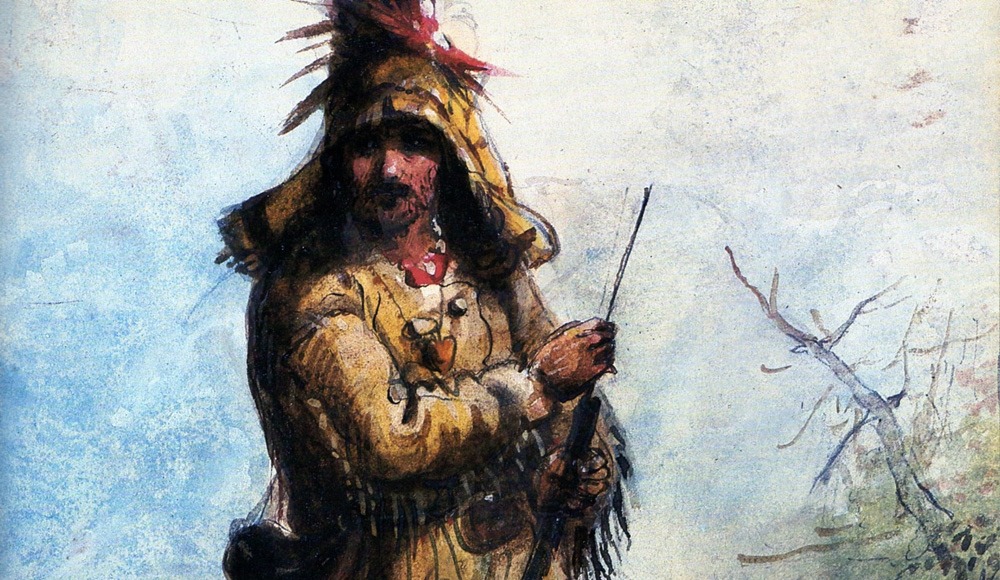From 1824 to 1846 the Hudson’s Bay Company dominated the fur trade in the Pacific Northwest, and several Americans attempted to crack this British monopoly.
For example, in 1822 General William H. Ashley and Andrew Henry began to generate trade on the Upper Missouri, then worked their way into the Rocky Mountains. A yearly rendezvous was arranged, usually in July, for trappers and Natives alike. These annual gatherings became celebrations — horse racing, shooting matches, drinking, and gambling. When it was over these ruddy, raw-boned men headed into the surrounding peaks and valleys to hunt and trap beavers. They were known as Mountain Men then, and are part of Western legend today.
Mountain Men successors to Ashley and Henry included Jedediah Smith — portrayed by Robert Redford in a Hollywood film of several years ago. Other names from this era included Tom Fitzpatrick, Jim Bridger, and three brothers: Milton, William, and Andrew Sublette. Their names are attached to sagas and places on Western maps. The travels and explorations of these weathered men helped mark trails, later to become wagon roads, and eventually the famous Oregon Trail.
White-haired Dr. John McLoughlin, Chief Factor for Hudson’s Bay in the Pacific Northwest, eventually learned to appreciate and even befriend several of these rugged adventurers, including Jedediah Smith. One of McLoughlin’s superiors, Sir George Simpson, held a different view of these rough and tumble characters, which he described as “people of the worst character, runaways from jails and outcasts from society . . . (they) acknowledge no master, will conform to no rules . . .” To many historians, those words make Mountain Men sound very American in spirit.
In 1830 Jedediah Smith wrote a report to the U.S. Secretary of War in which he described a passable road to Oregon. That spring he and his partners brought a wagon train which included two lightweight wagons, ten five-mule-team heavy wagons carrying about 1,000 pounds each, 12 head of oxen, and a milk cow. He noted that the stock were easily fed enroute.
It is estimated that approximately 400 Americans were in the mountains in 1832. John Jacob Astor’s forts and fur-trading posts frequently served as rendezvous points for these roaming adventurers. About the same time, Mountain Men reached the Willamette Valley, probably from the south. McLoughlin found some of these trappers too rough for his taste, noting that the Methodist missionaries such as Jason and Daniel Lee were “civilized representatives” of the United States. The path to Oregon had been opened, thanks to the folk heroes known as Mountain Men.
Discover more from Post Alley
Subscribe to get the latest posts sent to your email.

You left out John Colter.
First white man to see what is now Yellowstone Park 1806-07
My great great great great Grandfather